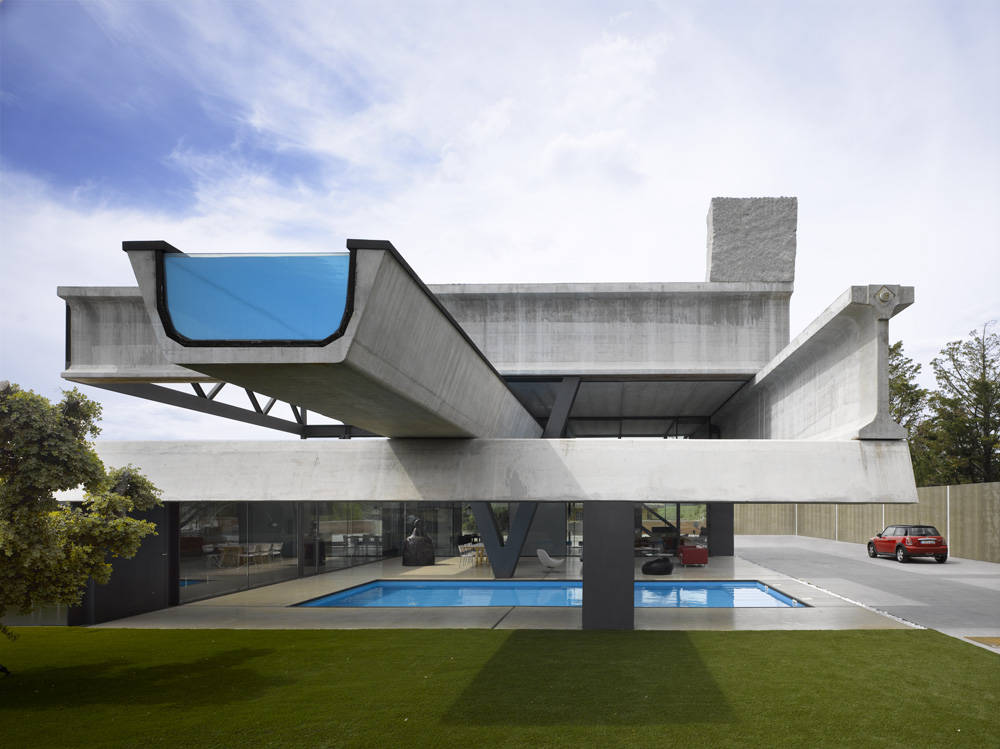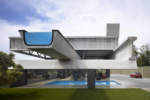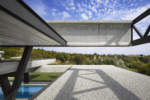To build with the earth is to build time. In other words, it means to build by preserving the memory of nature, of the raw material. If we consider carefully, all building materials essentially come from the mineral world. It is industrial processes that turn silica sand into glass, metal into steel and that make concrete from mixes of sulphates, sand and gravel, changing their original structure at extreme conditions of pressure and temperature. One could say that earth creates all architecture. To speak of architecture means to speak of first-level derivates of nature: stone, concrete and earths. If we reflect on the historical reasons why they have been used in architecture, we see that it is merely a matter of availability, efficiency and resistance. Contemporary architecture has repeatedly transformed their intrinsic characteristics to the point of preferring building materials that end up by denying their own origins. Concrete is cheap, it can be found everywhere, it is stable and fixed from a mechanical point of view, resistant to changes in temperature, pressure and humidity and inert from a thermal point of view. However, if concrete is deprived of the mass intrinsic to its original conformation, these magnificent advantages are lost. To build with elements deprived of mass has been, and still is, one of the distinctive traits of modern architecture. And constructions of this kind undoubtedly call for constructive accessories in order to make them sufficiently inhabitable and comfortable, something which is provided by air conditioning. One has pursued a light, fragile architecture without mass, without any limits, in order to unleash the formal and stylistic creativity of the architect. And one has forgotten that in architecture, the material and its use represents the chief source of inspiration. Architecture is intimately linked to “how” one builds, and it is on the basis of this that architects invent their systems. The most important inventions in the history of architecture have been the architrave, the arch and pre-compressed concrete. They have seen the light of day thanks to research pursuing greater certainties, and the architectural space has made its appearance precisely thanks to the effects of these discoveries. The constant evolution of architecture is therefore guaranteed by the desire for technological innovation. But if we have to capture some truth that is not dogmatic – something which represents a scientific necessity – it will be a matter of the physical condition of the material, its truth and, hence, its beauty. I believe that architecture is beyond any reason and that the space is the consequence of a complex and magical process of fluctuation and uncertainty guided by intuitive logics dictated by processes of transformation of matter. And to build with elements in stone, with concrete, presupposes an inseparable bond between Matter, Structure and Space in which the load-bearing elements trace the space and become its expression. Through the same effort, the same act and on the basis of the same idea. The encounter between Space, Structure and Matter (if the elements are put in this new sequence the result naturally changes) is the most contemporary vision of architecture. To give form to an inhabitable space, this sequence calls for a mechanical and thermodynamic equilibrium. And to build with earth means to attempt to understand the principle that we have inherited from the history of science: to break the chain of matter, provoking a reaction, ordering it in a new structure, creating a space. It is pure physics. It calls for a lot of energy and therefore a great effort. This entropic process is called architecture.
Antón García-Abril, (Madrid, 1969) is a European PhD Architect and associate professor in the School of Architecture of the Polytechnic University of Madrid (E.T.S.A.M.-U.P.M.). He received the Spanish Academy Research Prize in Rome in 1996. In 2000 he establishes Ensamble Studio leading a team in search for architectural application of conceptual and structural experimentation.








